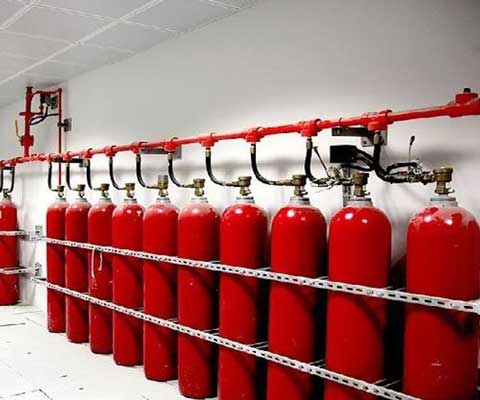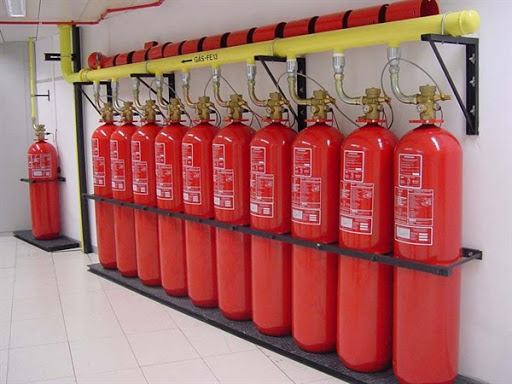
One of the key advantages lies in the rapid response time, preventing extensive damage. These systems are versatile, finding applications in critical environments like server rooms, industrial settings, and enclosed spaces. The minimal residue left after deployment distinguishes them from traditional methods, reducing potential damage to equipment and structures. Safety is inherent, with low toxicity levels and adherence to environmental standards. CO2 rapidly displaces oxygen, suppressing the fire by reducing the oxygen concentration below the level required for combustion. This method is particularly effective for electrical fires and flammable liquid fires.
Typically used in enclosed spaces where the rapid dispersion of CO2 can effectively reach and suppress the fire. Personnel evacuation is crucial before CO2 discharge due to the gas's potential asphyxiant properties in high concentrations. Alarm systems and warning signs are essential for ensuring the safety of occupants. Regular inspections and maintenance are crucial to ensure the system's functionality when needed. Follow industry standards and guidelines to address any potential issues promptly.

